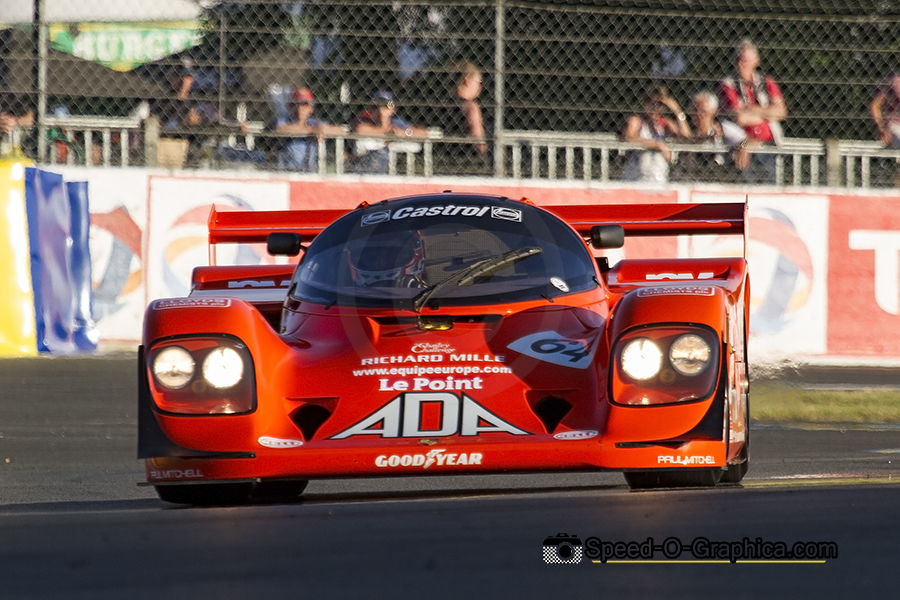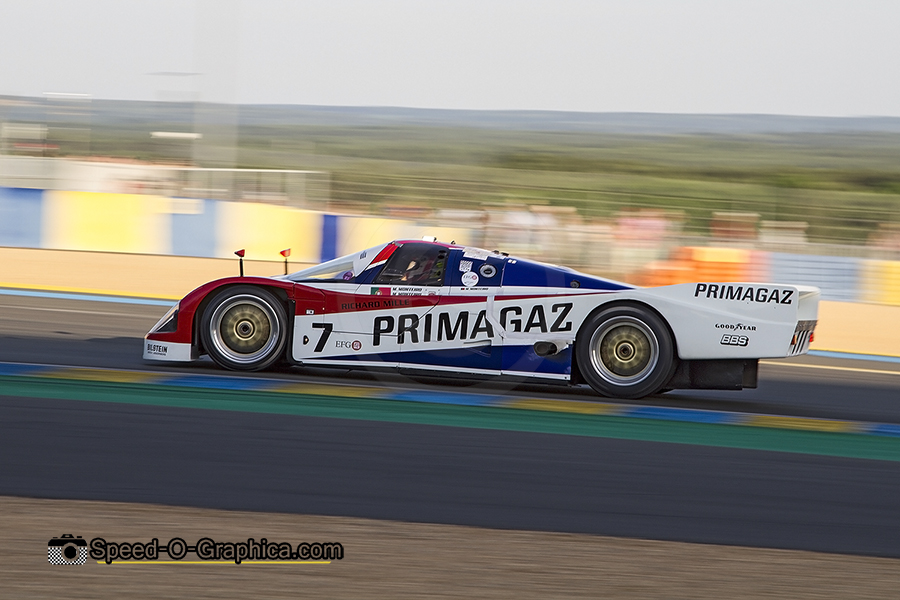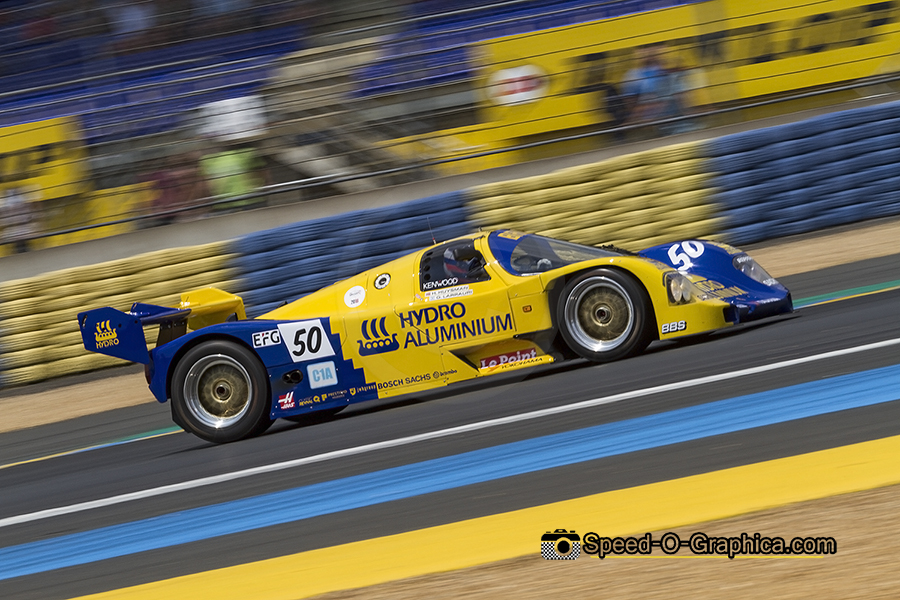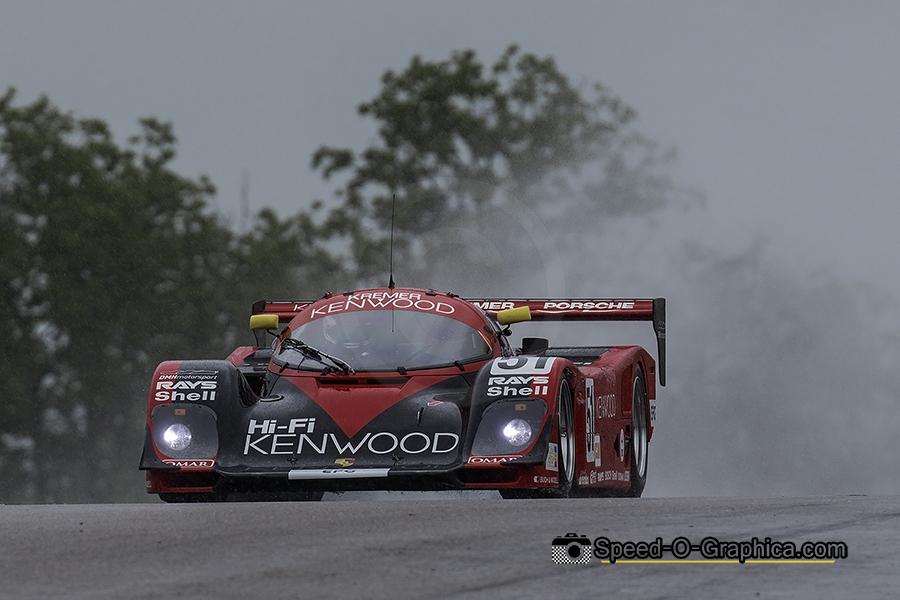Group C: The Rise and Fall of the Golden Age of Endurance Racing: Porsche 962 part 3

By Marcel Hundscheid / Speed-O-Graphica
We resume our Porsche 962 retrospective with a look at the impact that customer cars had on the model’s story.
After a terrible debut season, Porsche was further inspired to win the 24 Hours of Le Mans in 1986. To do so, the factory team had to compete with increasingly strong privately registered Porsches, as well as several new teams that entered the World Sportscar Championship.
There was Tom Walkinshaw in the UK, who wanted to bring Jaguar to Le Mans. He was helped by the American Group 44 team, which in the early 1980s had focused on the development of a Jaguar for participation in the IMSA championship. From Switzerland, there was Peter Sauber who entered the World Sports Car Championship in 1986 with a Sauber-Mercedes. Later, Sauber became the works team of Mercedes.

Pictured above is chassis 962-901 originally deliverd to Obermaier Racing back in 1990. The car appeared during the Le Mans Classic from 2016 in Group C Racing.
Yet it was not only manufacturers who made life difficult for Porsche. Changes to the regulations presented them with new challenges. Sprint races were introduced, so that Porsche could not rely on the reliability of the 962, which was crucial especially in long distance races. It was striking that Porsche decided not to opt for a successor to the 962 but to develop a single-seater for participation in the IndyCar championship.
Nevertheless, the marque managed to outdo both Jaguar and Mercedes during the 24 Hours of Le Mans. Much discussed was the decision to continue the race after Jo Gartner’s tragic accident. Due to a safety car period that lasted 2.5 hours, several cars ran into problems. Amongst them were the leading Joest Porsche 956 that even had to retire. The retirement of the leading privately registered Porsche paved the way for the factory 962. After 24 hours of racing, 962-003 piloted by Hans-Joachim Stuck, Al Holbert and Derek Bell was flagged first, followed by the privately entered 962 of Brun Motorsport.

Illustrated here is chassis 962-003BM from 1989 captured at the Le Mans Classic from 2018.
The 962 eventually brought Porsche the success they’d been striving for. Not only did they win the 24 Hours of Le Mans, but at the same time they also took the drivers’ and manufacturers’ world titles. The only thing the factory team missed was the team title, which went to Brun Motorsport.
The Porsche 962 was also used in other national and international championships, including the Supercup in Germany and the All-Japan Sports Prototype Championship in Japan. In the land of the rising sun, Porsche had to compete against Mazda, Nissan and Toyota. They debuted in Japan back in 1985 with the 962 and won the championship that year just like they did in 1986, 1987, 1988 and 1989.
The difference between the IMSA championship in the USA and JSPC in Japan were the duration of the races. While IMSA focused on short distances, the JSPC accepted 1000 km runs just as Group C did in Europe. Porsche dominated in Japan until 1988, when Jaguar and Toyota also won races.
In 1990, the era of the Porsche 962 in Japan came to an end. The marque did not win a race, which was to blame for the lack of further development. In the period from April 1983 to December 1989, however, Porsche managed to win 31 out of 35 races in Japan with the 956 and 962, a truly exceptional feat.

Final picture of our 962 story is chassis CK6-08/03, a Porsche 962C delivered to Kremer Racing in 1991 seen here in very wet conditions at the Grand Prix de l’Age d’Or in 2021.
